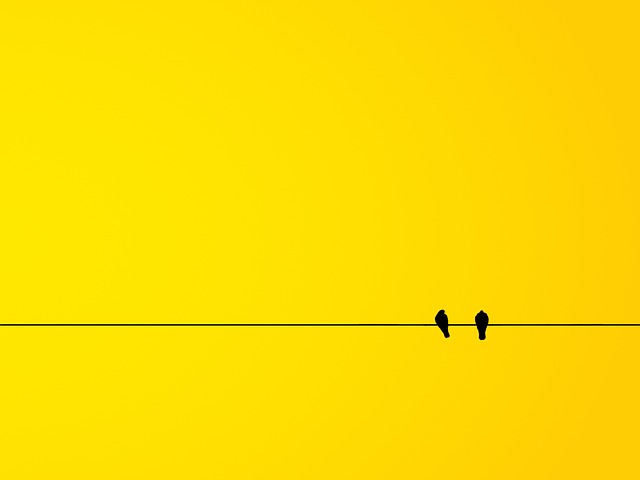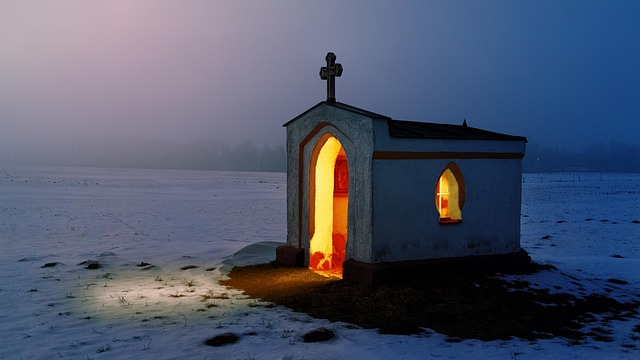When diving into the world of photography, most of us learn to appreciate the beauty of light. We chase the golden hour, adjust our camera settings to capture the perfect exposure, and utilize soft lighting to enhance our subjects. However, in our pursuit of brightness, we often overlook a vital component of visual storytelling: the art of negative lighting. Embracing the darker side of lighting can transform your photography into something striking and atmospheric.
Negative lighting, often characterized by the absence of light or shadowy tones, provides an intriguing contrast to traditional photography techniques. By deliberately using darker tones and shadows, photographers can create moods that evoke feelings of mystery, suspense, and drama. This can lead to captivating imagery that resonates far deeper than a well-lit portrait.
Imagine walking through an abandoned building, your camera capturing the interplay of light and shadow. The dimly lit spaces, accented by glimpses of light filtering through broken windows, highlight texture and form in ways that flat, overly bright images cannot. This play of negative light draws the viewer in, allowing them to feel the atmosphere and imagine the stories that linger in those shadows.
Using negative lighting is not merely a technique; it’s a mindset shift. It encourages photographers to see beyond the obvious and explore how dark areas can frame a subject or lead the viewer’s eye to certain focal points. Rather than shying away from shadows, embracing them opens up new dimensions in your photography. Play with angles, experiment with backlighting, or even shoot during overcast days — these can all evoke the feelings associated with negative lighting, enriching your work.
Consider the optics at your disposal. High-quality lenses can beautifully render the subtleties of negative lighting, capturing the delicacies of shadow while maintaining a gorgeously sharp subject. Experiment with varying apertures; a wider aperture might create a soft bokeh effect that isolates the subject, further enhancing the dramatic contrast between light and dark. This technique allows for an emotional depth in your photos, inviting viewers to linger longer on images and engage with them more deeply.
Moreover, negative lighting isn’t confined solely to moody landscapes or urban explorations. It can elevate portrait photography as well. Using a black backdrop combined with intentional shadowing can add depth and dimension to your subject, allowing their features to emerge from the darkness. This contrast can elicit a powerful emotional response, creating portraits that are not only striking to look at but also tell a compelling story of the individual captured in the frame.
Your camera is a powerful tool for expressing the spectrum of light and dark. Embrace negative lighting as a strategy in your photographic toolkit. Whether you’re in the field with your DSLR or taking casual snapshots with your smartphone, challenging yourself to utilize shadows and darker tones can lead to incredible results. As you venture into this realm, you’ll discover that the beauty of photography extends beyond what’s traditionally considered ‘beautiful’ light. So grab your camera and let the shadows inspire your next photographic adventure.




